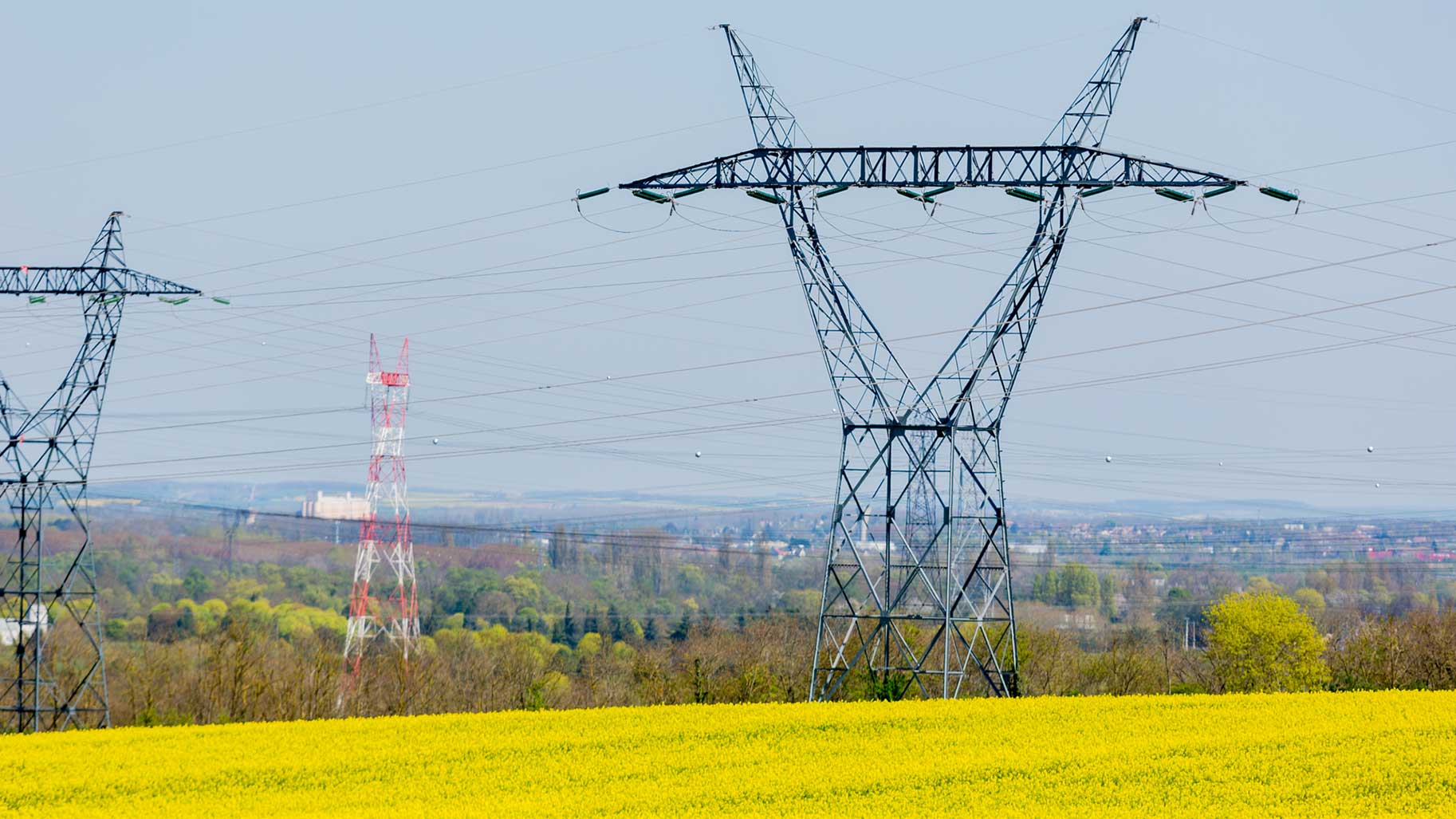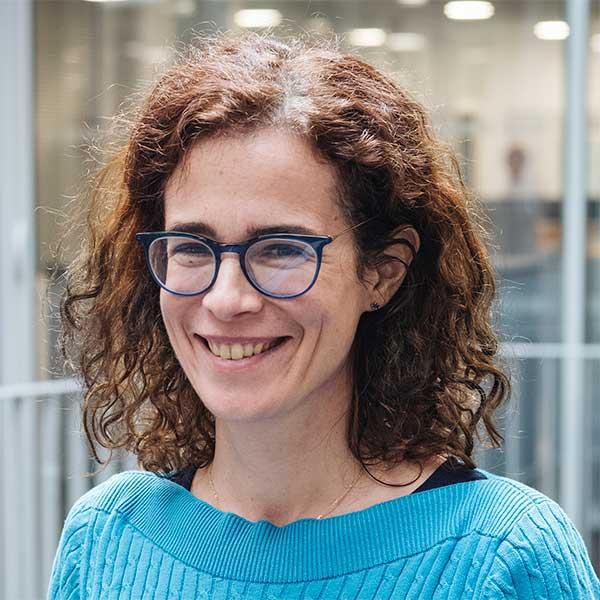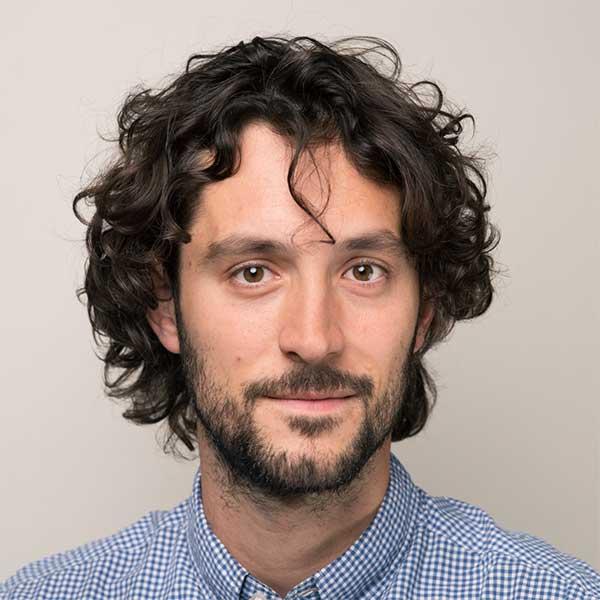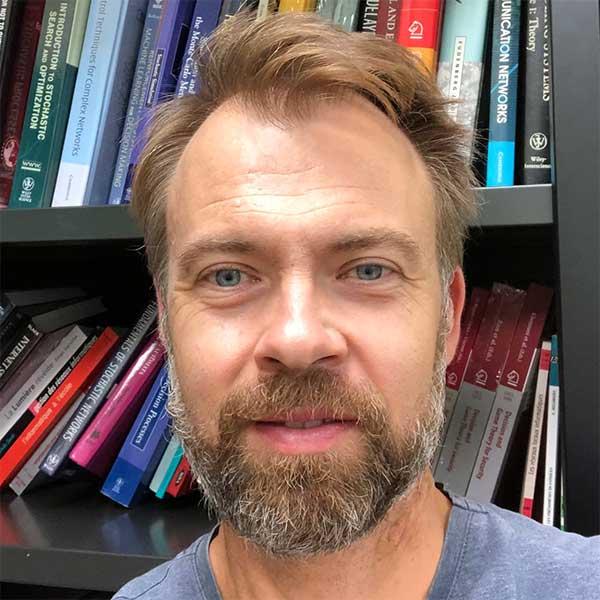Using game theory to improve the management of electricity markets
Date:
Changed on 24/04/2025

Since the 1970s, the electricity market has moved from a centralised system with a very small number of players, to a decentralised system with a large number of players selfishly seeking to maximise their utility function – interpreted as the difference between the income from selling production and the cost associated with that production. These players include electricity producers, renewable energy suppliers and, more recently, private individuals, some of whom feed wind power or solar energy back into the grid. The operation of the market is closely linked to electricity flow allocations on the distribution network according to Kirchhoff's Circuit Laws.
"We therefore need innovative methods and new algorithms to enable each player to determine the strategy that will enable them to optimise their economic utility function by optimally anticipating the strategies adopted by their peers. And all this in a context of uncertainty resulting from the massive introduction into the electricity grid of renewable energy from intermittent sources that are hard to predict,” explains Hélène Le Cadre, a researcher in the INOCS project team at the Inria Centre at the University of Lille, a joint undertaking with the École Centrale de Lille and the Université Libre de Bruxelles. This is because current decision-making methods based on the Arrow-Debreu general equilibrium model can only take account of agents' strategic behaviour to a very limited extent. In addition, supply and demand must be balanced in real time throughout the entire network.”
How can we meet these challenges? This was the aim of the SAMOA (Stackelberg games for flexibility (dis)aggregation) project, which ran from 2022 to 2024 and was funded by the Gaspard Monge Program for Optimisation (PGMO). It brought together scientists from INOCS – a project team specialising in modelling and solving large-scale optimisation problems with a complex structure, the Avignon Computer Laboratory (LIA - Avignon University) and EDF. For what purpose? Fostering cooperation between industrial operators and researchers participating in a fundamental research project on game theory.
In practice, what does this involve? Game theory is often compared to interaction and decision theory.
Image

Verbatim
Game theory covers methods for modelling the outcome of interactions between economic agents, which may be antagonistic. It therefore helps us to envisage potential solutions to their conflicts, both in the energy sector and in other sectors such as security and telecommunications.
Auteur
Poste
Researcher, Inocs project-team
“In the teams developing optimisation tools for the electricity system and market, we use game theory to anticipate all possible production and distribution scenarios, for example, and we seek to identify the factors that will enable stakeholders to act in favour of a balanced market,” states Olivier Beaude, a research engineer at EDF R&D.
In the framework of the SAMOA project, the first challenge was to formalise the electricity market in the form of a non-cooperative game, and to propose new computational game methods for calculating the equilibria of this game in an efficient and distributed manner. With one objective: optimising the use of electrical flexibility, by encouraging some users to stagger their electricity consumption for electric vehicles, water heaters, and so on, so that it takes place outside peak demand periods.
Image

Verbatim
In the models that have been developed and tested, an electricity system operator like EDF can aggregate the demand of flexible customers, i.e. those who can ‘modulate’ their consumption patterns – by staggering their times, for example – in order to maintain the balance of the network and manage consumption peaks.
Auteur
Poste
Research engineer, EDF R&D
Another challenge for the researchers concerns the use of “Stackelberg games”, a model in which a market “leader” decides on the quantities to be produced by one or more “followers”. An effective way to model the interactions between the various players in the energy system. “While it is difficult to persuade consumers to reveal certain private details, such as their nominal demand, we could imagine a leader financially rewarding consumers for providing reliable and accurate information,” explains Hélène Le Cadre. “The difficulty resides in accurately modelling the trade-off that each consumer faces between maximising their profit and protecting their privacy. To this end, we have developed distributed algorithms that can be used to solve large-scale problems, which could be integrated into smart electricity meters such as Linky.”
In 2023, the SAMOA project partners presented a solution based on “stable performative equilibria” to assess the robustness of the market in response to the privacy protection mechanisms used by consumers.
In addition, thanks to game theory, dynamic demand management can compensate for the variability of new, intermittent renewable energy sources (whose abundance depends on weather conditions).
“This type of management, which would benefit from the development of more models to conceptualise the interactions, could also facilitate the development of local energy communities in France and, subject to changes in the regulations, peer-to-peer electricity trading (authorising the sharing of energy between individual producers), as already exists in the Netherlands and California,” stresses Hélène Le Cadre.
To manage an entire decentralised electricity network, all the demand and production data now needs to be aggregated and disaggregated. “In the SAMOA project, we have been studying these issues in order to optimise the planning of flexible electricity services,” says Yezekael Hayel, a researcher at the LIA.
Image

Verbatim
In concrete terms, we have designed algorithms to gather all the charging demand data from electric vehicle recharging stations. The data aggregated in this way provides an optimum load profile, which is then passed on to the main power grid nodes. It is then redistributed to all the charging stations via a disaggregation process.
Auteur
Poste
Researcher, LIA
This is a major step forward, but the researchers have no intention of stopping there. In the wake of SAMOA, they hope to scale up their studies to the European level. “Everything we have learned to do at national level may be of interest within the European Union, insofar as the coupling of electricity markets and the transmission network at European level enables exchanges between neighbouring countries, with the aim of guaranteeing real-time balancing at each point of the transmission network for very different energy mixes,” concludes Hélène Le Cadre. With a promise: to contribute to the decarbonisation of the electricity system and to take better account of consumer preferences on the electricity markets.
Researchers from the SAMOA project had the opportunity to organise the 11th edition of NETGCOOP (Conference of Networks, Games, Control and Optimisation), which was held in Lille from 9 to 11 October 2024. It brought together specialists in game theory, control and network optimisation, who will meet again next year at a new edition to be held in Bilbao, Spain.